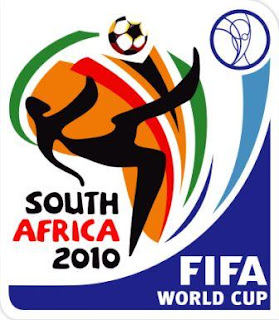South Africa, the World Cup continues to gather pace and in this country, cleaner means of transport and other strategies have been incorporated as an environmental measure; but are they enough?
The first World Cup to be played on the African continent is expected to leave a carbon footprint eight times greater than that of Germany 2006, according to a 2009 study commissioned by the South African government and the Norwegian embassy in that country.
Between local transport, stadium construction and energy use associated with the matches, plus accommodation for thousands of fans, it is estimated to emit almost 900,000 tonnes of carbon dioxide. In addition, nearly 2 million more tonnes of this greenhouse gas – and a major cause of climate change – are being emitted by international travel to and from South Africa.
In an effort to reduce emissions and raise awareness among the population and visitors about energy efficiency, the South African government has two projects underway, supported by the Global Environment Facility (GEF).
Since 2008, South Africa has upgraded public transport systems in 7 of the 9 host cities as a means of attracting middle- and high-income commuters who would otherwise drive cars, at an investment of several million dollars.
To this end, a rapid transit system for buses has been created in some cities, as well as improvements to pedestrian and bicycle paths.
But critics insist it is not yet clear whether wealthier residents and commuters, accustomed to driving their cars, will accept the cultural changes that come with sharing buses, seats and routes with other passengers. What is not in dispute, however, is the legacy for a definitive improvement of the public transport system in South Africa's cities.
Another environmental project, with a budget of 10 million dollars, is the installation of solar panels and efficient street lights, traffic lights and signs, as well as actions to raise public awareness.
But the environmental will of South Africa and international organisations was called into question in April when the World Bank approved a $ 3 billion loan for the country to build one of the world's largest coal-fired power plants (what the hell?). Activists in the region estimate that it will emit 25 million tonnes of carbon dioxide a year.
Seeking to temper criticism, UN Environment chief Achim Steiner said South Africa should not be judged on its decisions based on urgent energy needs.
On the other hand, green initiatives directly related to football seem to have no end. The sportswear company Nike announced that the 9 teams that use its uniforms (among them Brazil, Portugal and Holland) will wear shirts made from recycled plastic bottles. However, it is one of the companies most criticized worldwide for the use of child labor in some Asian countries.
At the end of the year, an analysis will identify what worked and what didn't, according to GEF officials.
EcuadorTV-BallenitaSi
Clean whale
![]()

